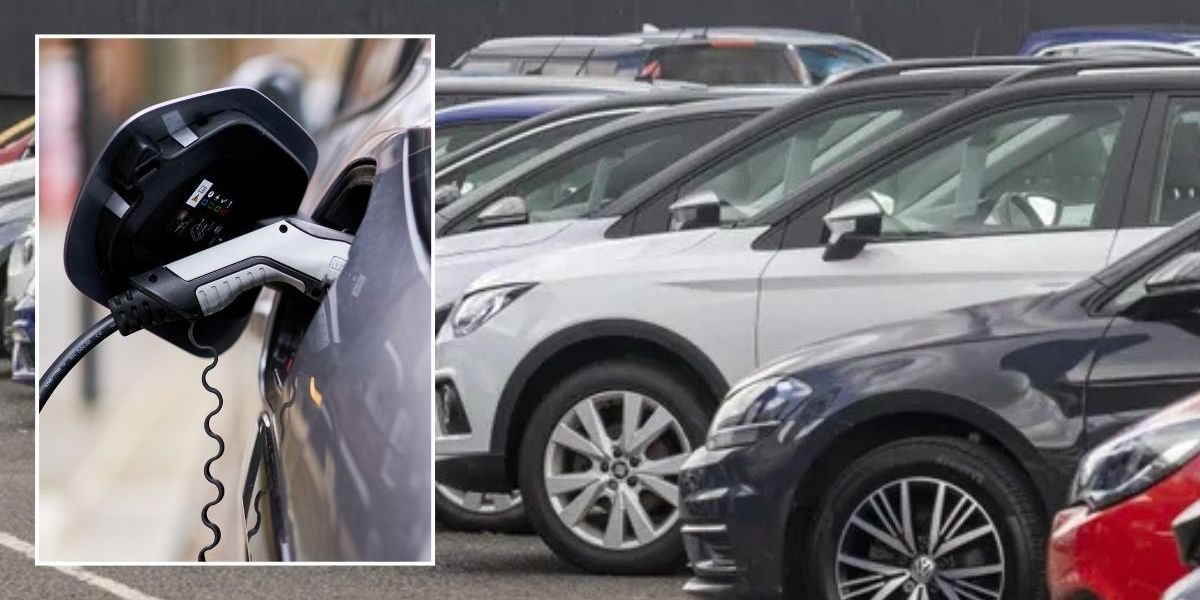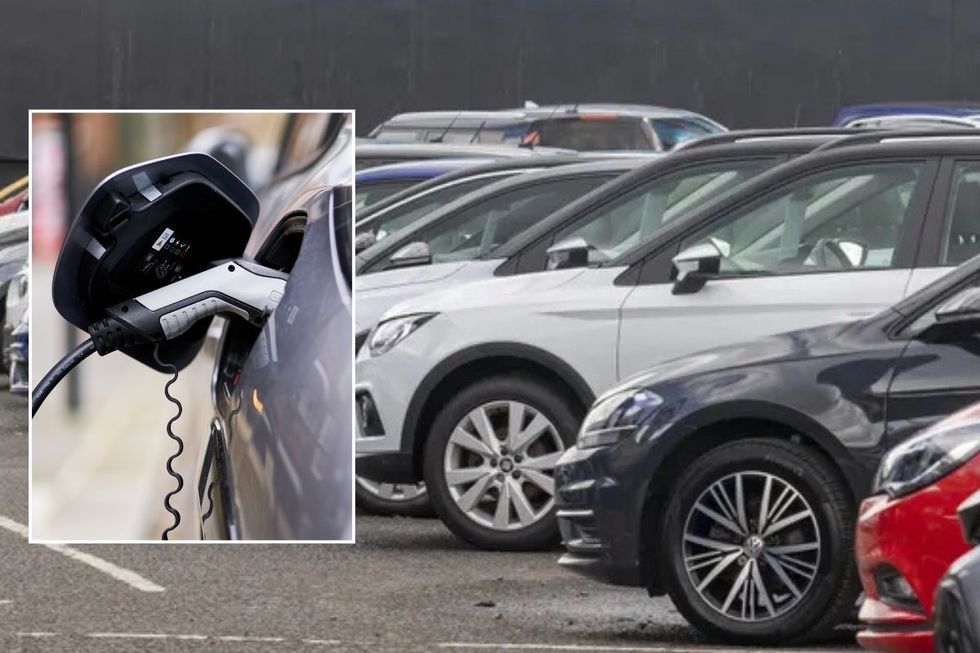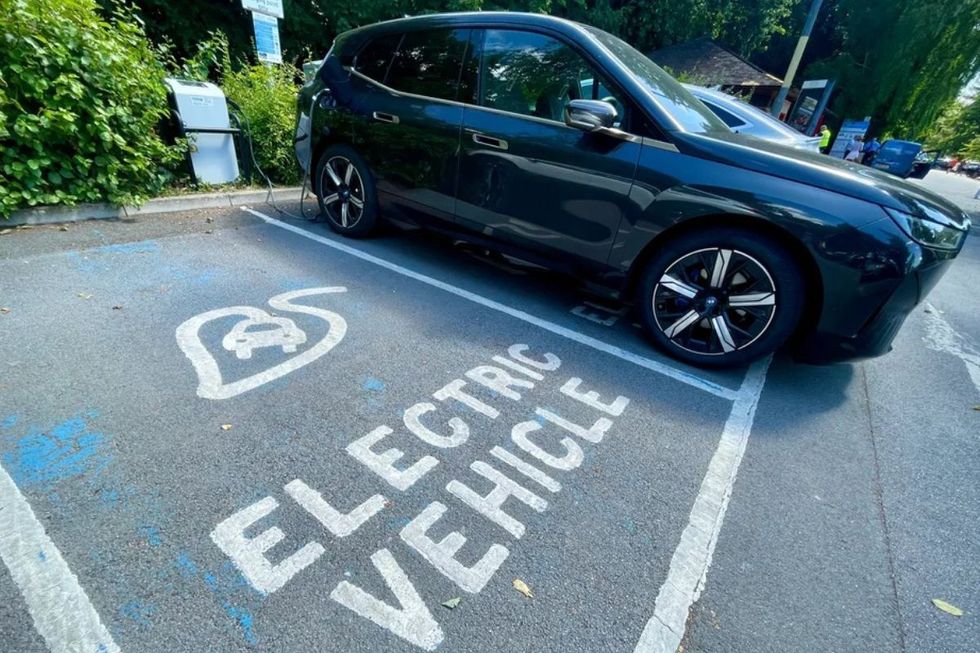



The UK’s electric vehicle sector was the largest across Europe in the first half of the year as drivers ditched petrol and diesel cars.
According to new research, the UK claimed the largest market share amongst major European nations during the initial six months of the year, with pure electric cars representing 22 per cent of all new registrations.
The strong performance placed the UK ahead of Germany and France, both recording 18 per cent market uptake, despite Germany selling marginally more units at 249,000 compared to the UK's 224,841.
The achievement marks a significant milestone for Britain's automotive transition, which is currently pushing ahead with its ambitious Zero Emission Vehicle mandate.
 PA/GETTY |
PA/GETTY |
The UK saw pure electric cars represent 22 per cent of all new registrations
Germany secured the leading position in unit sales during the second quarter, although the UK maintained its superior market share percentage across the entire half-year period, according to data from Strategy& and PwC Autofacts.
European battery electric vehicle markets demonstrated robust recovery during the first half of 2025, with combined sales across the five largest markets climbing by 25 per cent compared to the corresponding period in 2024.
This resurgence follows a challenging time last year when several markets experienced declining sales, with Germany particularly affected by the withdrawal of Government incentives.
Germany's electric vehicle sector showed remarkable resilience, achieving 35 per cent year-on-year growth in the first six months of 2025, matching Britain's growth rate during the same period.
Spain recorded the strongest expansion amongst the major markets, with sales surging 84 per cent, albeit from a smaller base, pushing its market share to eight per cent.
France bucked the positive trend, experiencing a six per cent decline in electric vehicle sales, though this proved less severe than its overall market contraction of eight per cent.
China's electric vehicle market experienced extraordinary expansion, with EV sales jumping 47 per cent during the first half of 2025 compared to the previous year.
The nation's dominance became particularly pronounced in the second quarter, when Chinese manufacturers accounted for nearly two-thirds of all battery electric vehicles sold globally.
Sales exceeded two million units in the second quarter alone, representing a 42 per cent increase from the same period in 2024, with market penetration reaching 32 per cent.
Popular new models such as the Geely Xingyuan contributed significantly to this growth, while the overall electric vehicle market share, including plug-in hybrids and conventional hybrids, surpassed 50 per cent for the first time in a half-year period.
The automotive industry has been facing mounting pressure over rare earth element supplies after China imposed export restrictions on seven critical materials and permanent magnets, creating significant disruption across European and American manufacturing.
The European Association of Automotive Suppliers reported in June that several production lines and plants had already ceased operations due to the restrictions, with the EU currently dependent on China for 98 per cent of its rare earth requirements.
 GETTY | There are now more than 82,000 electric vehicle chargers across the UK
GETTY | There are now more than 82,000 electric vehicle chargers across the UK
Ford temporarily scaled back SUV production at its Chicago facility, while a survey by the American Chamber of Commerce in China revealed that 75 per cent of US firms expected their rare earth stocks to be depleted within three months without resolution.
China controlled 69 per cent of global rare earth production and holds 48 per cent of known reserves, creating substantial concentration risk for international manufacturers.
Automotive manufacturers and Governments are currently developing multiple strategies to reduce dependence on Chinese rare earth supplies, including enhanced recycling programmes and alternative material research.
The EU-funded REE4EU project demonstrated technical viability for recovering 90 per cent of rare earth elements from manufacturing waste and end-of-life permanent magnets, though current recycling rates remain below one per cent.
